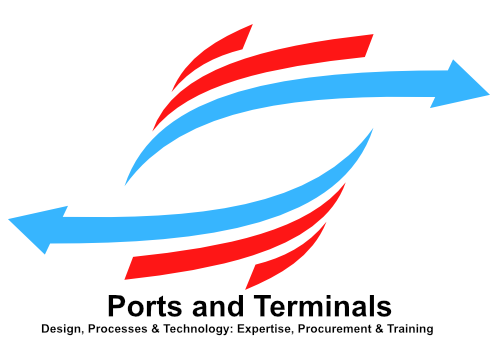
Managing ports and terminals with technology
Terminals and Ports are looking more and more at technology to do better, achieve higher throughput on a smaller piece of land, make better use of the available berthing space and reduce the turnaround time of the vessels visiting the port. The technology could be a Port Management System, a Terminal Operating System, a VTMS system, or any other software and/or hardware system.
Key Drivers
The key driver to implementing technology varies. Some think that technology will help overcome any constraint, any roadblock on the road to optimisation. Constraints are inherent to any design, physical layout, and system, no matter how well we design the form of our port or the system to manage it. Market evolution, customer demands and changing environments can push systems and designs to their limits. Another reason to implement technology may be to follow trendy evolutions, such as artificial intelligence, deep learning, IoT or other new developments. Let us be honest, when we invest, we all look at the return on investment as the main driver. It is good practice to evaluate how much cost we can reduce, how much more profit we can generate, and how we can do more with less.

Control over speed
I genuinely believe that technology plays an important role to manage port and terminal operations. Having procured, sold and implemented terminal operating systems (TOS), PMS and other systems for many years, I do not need convincing about their contribution to the business. If implemented wisely, with attention to every aspect of the process, technology will positively affect and generate a return on investment.From experience, I learned, however, that technology, by itself, does not optimise operations. For technology to perform and meet expectations, good processes need to be in place. These processes need to be supported by the technology and take the burden of daily repetitive tasks away.
In that sense, technology will enable competent, trained and motivated staff to focus on their primary tasks and serve the customer as good as possible.
Ten Questions to answer
To make the right decisions about what technology to implement, answering a set of questions is the first step:
- What are customers telling us? Are the customers happy about the way we interact with them and about the services we provide? How can we improve?
- Where are the current bottlenecks or challenges?
- Are our current processes fit for purpose? Can we optimise processes, eliminate steps
- Should we re-invent our current processes? Should we adapt our operations to the flow available in the technology we will be choosing?
- Are we making optimal use of our resources?
- Is the technology we currently use still up-to-date? Fit for purpose?
- What are we trying to achieve by implementing technology?
- Do we have the right and motivated staff to go through the change process of implementing new technologies?
- What about the vendor of the technology? What criteria will we use when selecting a vendor? What are our requirements?
- Who should decide on the systems and technology we are going to use?
I will discuss each of these points in separate posts and share my views. Stay tuned and stay safe!
Click the link below to view and download the post as PDF.
Is technology the solution to optimise Port and Terminal operations v2
© 2022, [Nico Berx], all rights reserved. The content of this article is protected by copyright and may not be reproduced in any form without prior and explicit approval by the author.

